Parasites – helminths and lamblia
Parasitosis is a separate group of diseases that are caused by protozoa or helminths (worms). According to statistics, helminthiasis and lambliasis occur in 78-80% of preschool and school-age children. Parasitic worms and arthropods poison the body with the products of their vital activity, due to which damage to vital systems and organs is observed.

specialists

equipment

treatment

Parasitic infection is most often diagnosed in children aged 1 to 4 years. In approximately 30% of cases, parasitosis is asymptomatic and is detected during the diagnosis of another disease during laboratory tests. Typical symptoms of giardiasis in children include:
- Loss of appetite
- Flatulence
- Dizziness
- Poor sleep
- Weight loss
- Stool disorders
- Irritability
- Pain in the navel
- Discomfort in the epigastrium
- Enlarged liver
- Dyskinesia of the biliary tract
- Allergic dermatitis
In young children, giardiasis is more severe than in adults. Intoxication of the body with the waste products of giardia leads to changes in complexion, acne and dark circles under the eyes. Blood tests reveal an increased concentration of eosinophils in the plasma. Parasites are not always detected in feces, which is due to the peculiarities of their development cycle.

Symptoms of helminthiasis appear 2-4 weeks after the parasites enter the child's body. In about 1/3 of patients, signs of parasitosis are weakly expressed, but the toxic effect of their waste products does not stop. The main manifestations of helminthiasis in children include:
- Fever
- Exudative rashes
- Facial swelling
- Loose stools
- Lymph nodes
- Lymph nodes
- Flatulence
- Stomach cramps
- Nervousness
- Insomnia
- Chronic fatigue
Note: immunodeficiencies, vitamin deficiencies and mineral deficiencies contribute to the development of complications associated with helminthiasis.
In massive invasions, vital organs are affected, as evidenced by the development of myocarditis, pleuropneumonia, meningoencephalitis, etc. The degree of eosinophilia in helminthiasis depends on the immune status of the patient and the intensity of infection.
Our doctors

This award is given to clinics with the highest ratings according to user ratings, a large number of requests from this site, and in the absence of critical violations.

This award is given to clinics with the highest ratings according to user ratings. It means that the place is known, loved, and definitely worth visiting.

The ProDoctors portal collected 500 thousand reviews, compiled a rating of doctors based on them and awarded the best. We are proud that our doctors are among those awarded.
Make an appointment at a convenient time on the nearest date
Price
Other services
Children's otorhinolaryngologist
Pediatric neurologist
Pediatric traumatologist-orthopedist
Pediatric ultrasound doctor
Pediatric endocrinologist
Pediatric pulmonologist
Pediatric gynecologist
Pediatric surgeon
Pediatric urologist-andrologist
Pediatric gastroenterologist
Pediatric cardiologist
Pediatric dermatologist
Children's allergist-immunologist
Pediatric nephrologist
Child psychiatrist
Child psychologist
Pediatric neuropsychologist
The child urinates frequently Why might a child have a headache? Hiccups in a child

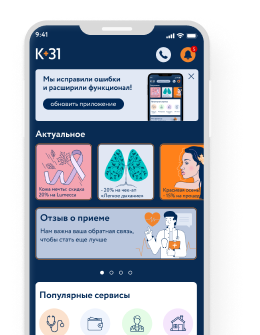


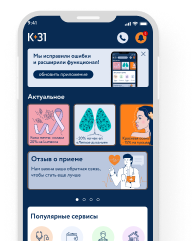

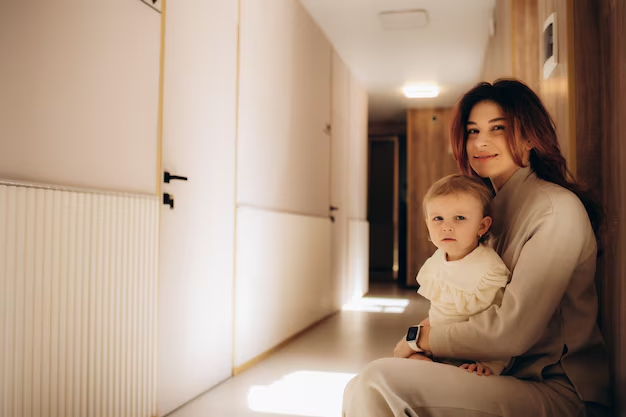
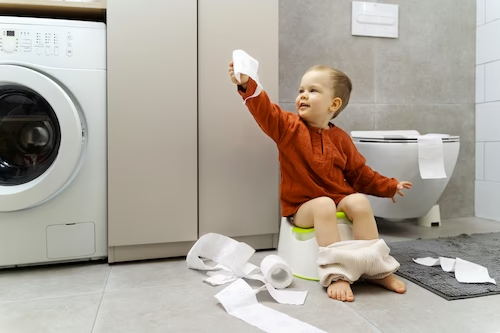
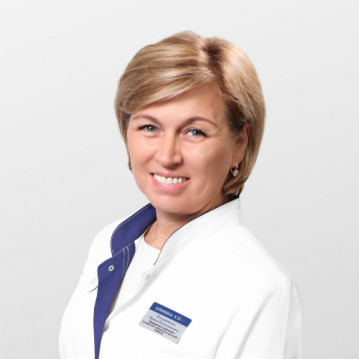

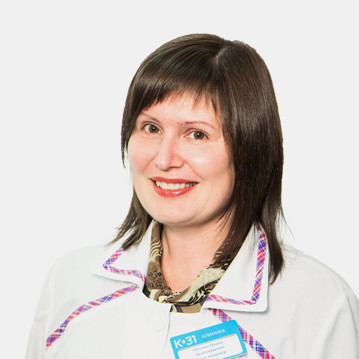
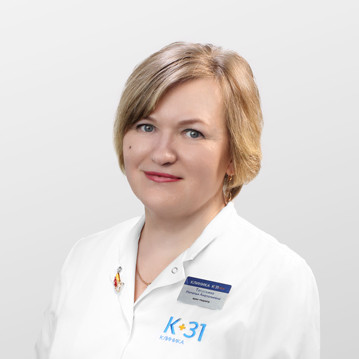

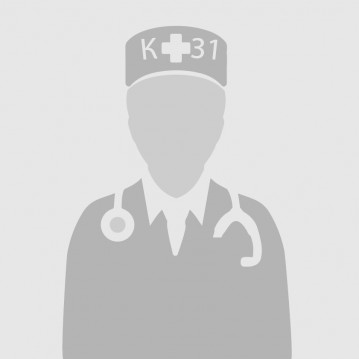




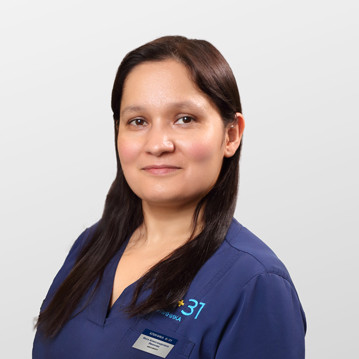




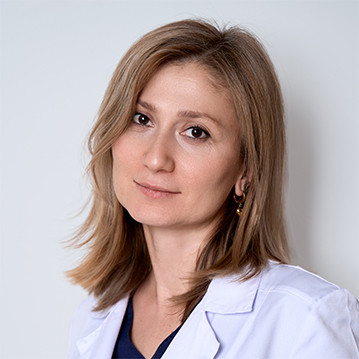



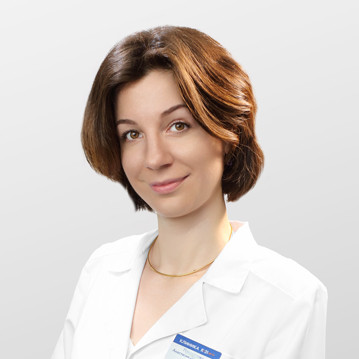
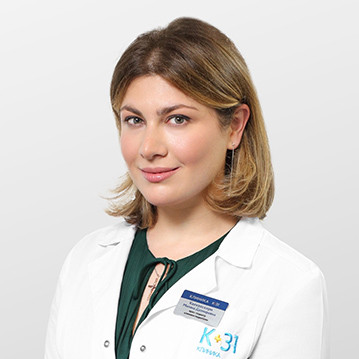
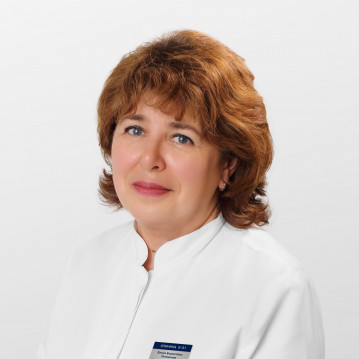



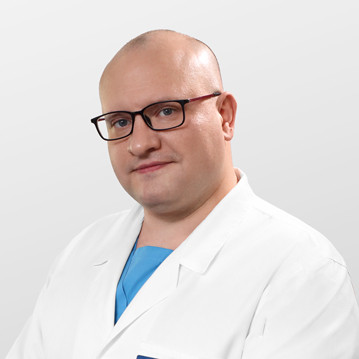
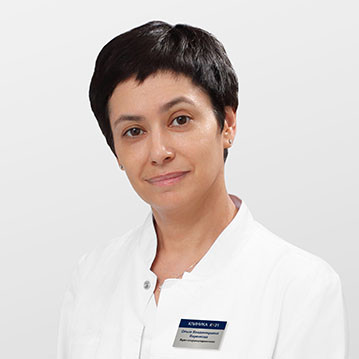







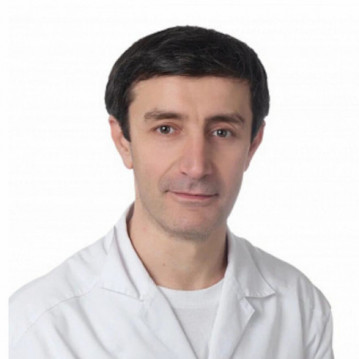

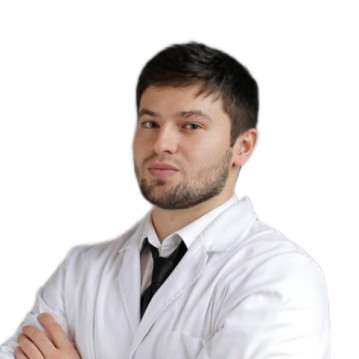






Giardia and worms - differences and similarities
Many people mistakenly believe that lamblia is a type of helminth that parasitizes the gastrointestinal tract. Both microorganisms are parasitic and enter the body in the same ways. However, worms and lamblia are representatives of different classes that differ in structure and the degree of damage caused to the child's health:
Children become infected with parasites when they consume water or food contaminated with cysts and eggs. Dogs and cats are carriers of helminth eggs and lamblia cysts. The development of parasitosis is facilitated by mosquitoes, flies and other insects that carry eggs of roundworms, echinococcus, etc. on their proboscis.